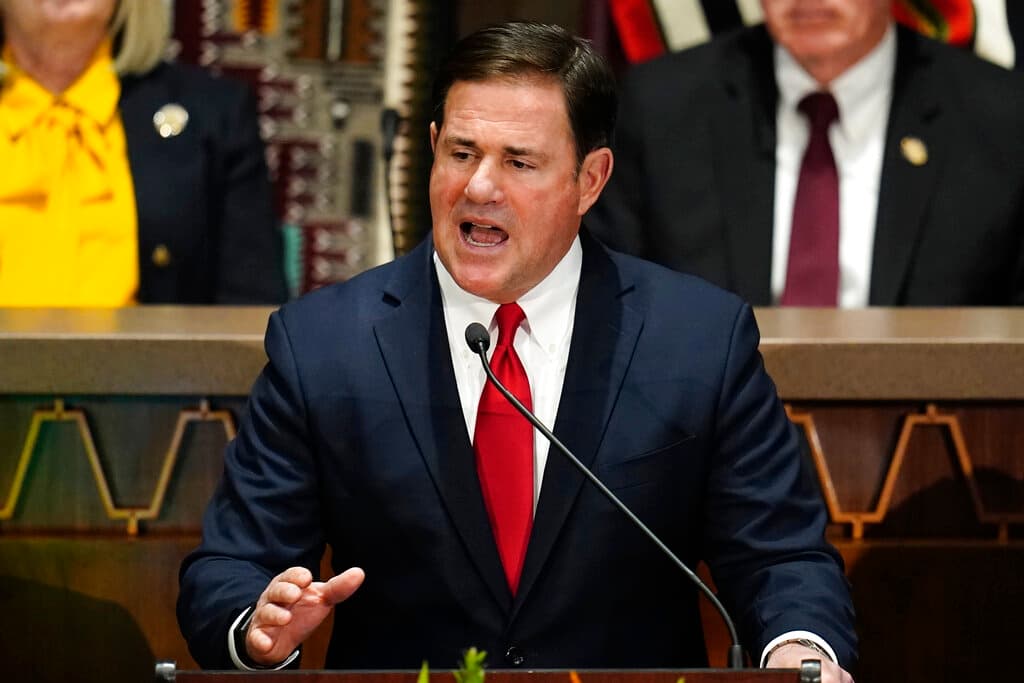In School Choice Circles, Vouchers Are Out, Education Savings Accounts Are In
Proponents of ESAs, as they are called in school choice circles, say the savings accounts offer several advantages over traditional vouchers.

The school choice movement, long enamored with the idea of vouchers to help parents and students escape failing public schools, has a new most-favored scheme in its arsenal — the more flexible education savings account.
“One is a coupon that can be redeemed in one place at one time,” an education scholar at the Heritage Foundation, Jason Bedrick, said. “The other is a flexible spending account that really allows you to customize your child’s education.”
Tuition vouchers function much like gift certificates that can be spent at participating retailers — in this case, schools. Education savings accounts are modeled on health savings accounts, which allow individuals to spend non-taxed income on eligible health-related costs.
Proponents of ESAs, as they are called in school choice circles, say the savings accounts offer several advantages over traditional vouchers.
“The idea is that it gives families a much greater degree of freedom and flexibility,” Mr. Bedrick says. “Often they’re used for tuition, but they can be used for things like tutoring, textbooks, homeschool curricula, online learning, special needs, and more.”
Advocates also praise the incentive structure of the savings account model. Funding rolls over from year to year, so families are incentivized to economize.
“They’re treating it like it’s their own money,” Mr. Bedrick says. He argues that this incentive structure can help fight tuition inflation and creates a more competitive market for education.
“By changing the funding mechanism, it’s allowing for more diverse types of spending,” he said. “You create an incentive for education entrepreneurs to try doing different things.”
The country’s first such effort, Arizona’s Empowerment Scholarship Account program, sprung out of what looked like a loss for school choice.
Arizona enacted a voucher program in 2006 for foster children and disabled students. In 2009, the state’s supreme court ruled the program unconstitutional, saying the state was prohibited from sending money directly to private schools.
Vouchers had long been the target of lawsuits even before the Arizona decision. In 1955, a libertarian economist, Milton Friedman, authored a paper in which he proposed distributing education funding in the form of tuition vouchers to families instead of giving money directly to public schools.
While small-scale voucher programs existed prior to Friedman’s work, he popularized the tuition voucher as a mainstream public policy initiative in America. At least 17 states now have voucher programs despite opposition from teachers’ unions and public school advocates who fear they divert needed funding from public schools.
“There was a really concerted effort by opponents of school choice to demonize this word,” Mr. Bedrick says. “The opponents wanted to make it seem like vouchers destroy public ed, and they did such a good job giving that word a negative charge that there are some supporters of school choice that bristle at it.”
The Arizona ruling did not outlaw general benefit programs that could fund private schools. “If somebody used a part of their welfare check to pay private school tuition, they said that’s not unconstitutional,” Mr. Bedrick says.
Following that decision, a libertarian think tank, the Goldwater Institute, worked with legislators to draft a school choice program that met the constitutional criteria laid down by the state Supreme Court.
“The ESA is not handing over funds to a private school,” the Goldwater Institute’s director of education policy, Matt Beienburg, said. “The ESA program is designed to give funds to a family who can then use it for any sort of educational opportunity.”
In Arizona, families enroll in the program and receive a debit card that can be used at approved vendors — such as textbook stores, schools, and online education providers. Families subsequently submit receipts that justify the expenses.
Now, 10 states have ESA programs with various spending structures. In Florida, families purchase items or pay tuition and then file for reimbursement. Arizona recently passed a law that will expand eligibility for its ESA program to all K-12 students.
Meanwhile, West Virginia’s Hope Scholarship program has been bogged down in state courts. About 3,000 students were approved for the program before the courts ruled it violated the state’s obligation to provide a “thorough and efficient system of free schools.”

